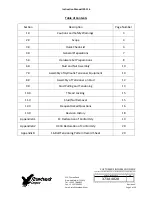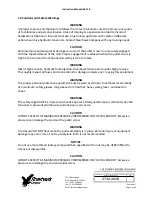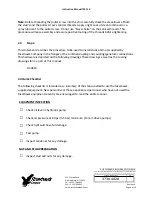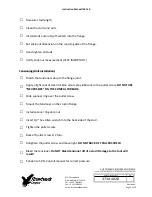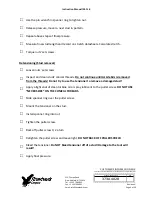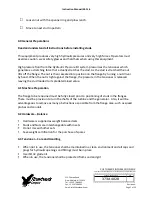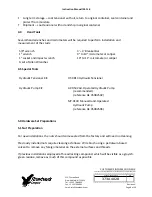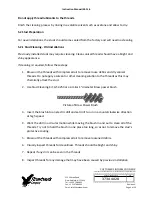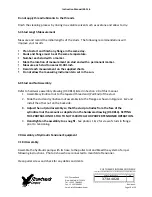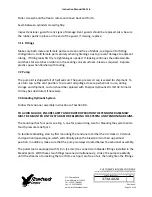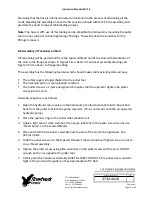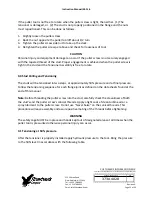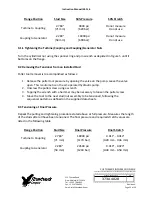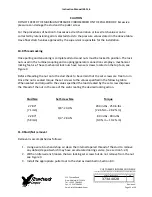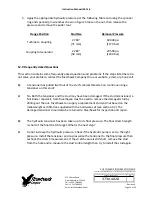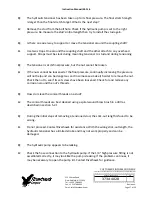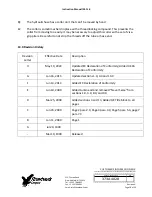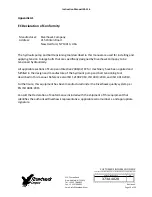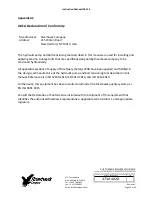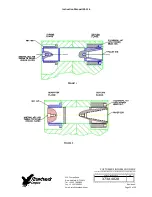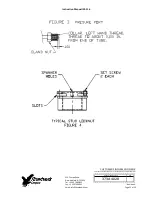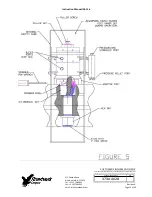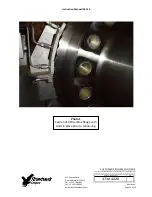
Instruction Manual IM‐116
CUSTOMER'S INFORMATION BOX
CONTENTS ARE INDEPENDENT OF RIVERHAWK DOCUMENT CONTROL
215 Clinton Road
New Hartford, NY 13413
Tel: +1 315 768 4855
Fax: +1 315 768 4941
Email: [email protected]
REV
373A4028
GE DRAWING NUMBER
Revision H
Page 9 of 29
Do not apply thread lubricants to the threads.
Finish the cleaning process by rinsing in a volatile solvent such as acetone and allow to dry.
5.2 Stud Preparation
For new installations, the studs should come sealed from the factory and will need no cleaning.
5.2.1 Stud Cleaning ‐ Old Installations
Previously installed studs may require cleaning. Clean conical threads should have a bright and
shiny appearance.
If cleaning is required, follow these steps:
1.
Blow out the threads with compressed air to remove loose debris and dry conical
threads. Do not apply a solvent or other cleaning solution to the threads as this may
chemically attack the stud.
2.
Use Stud Cleaning Kit, GT‐4253 or a similar 1" diameter Brass power brush.
Picture of Brass Power Brush
3.
Insert the brush into an electric drill and set drill to run in a counterclockwise direction
at high speed.
4.
Work the drill in a circular motion while moving the brush in and out to clean all of the
threads. Try not to hold the brush in one place too long, so as not to remove the stud's
protective coating.
5.
Blow out the threads with compressed air to remove loosened debris.
6.
Visually inspect threads for cleanliness. Threads should be bright and shiny.
7.
Repeat if any dirt can be seen in the threads.
8.
Inspect threads for any damage that may have been caused by previous installation.


